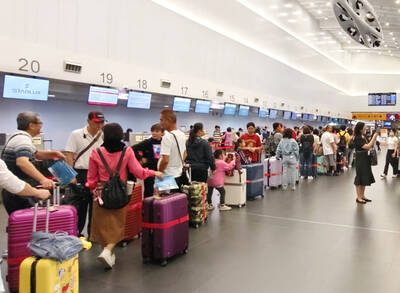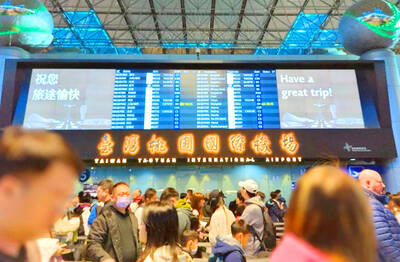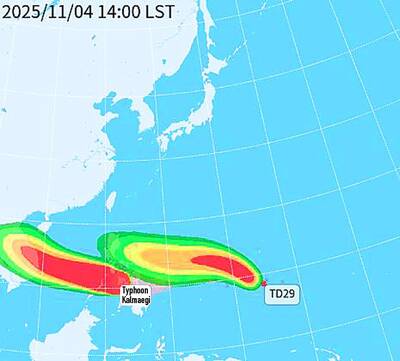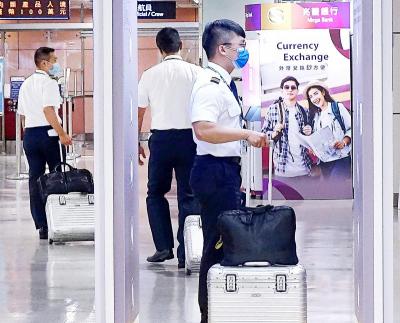The US has dismissed criticism that US President Barack Obama’s much-publicized pivot toward Asia is running out of steam.
“Beginning in 2009, the president made a strategic commitment to rebalance US foreign policy toward Asia,” the National Security Council’s East Asian Affairs senior director Evan Medeiros said.
Addressing a special briefing for foreign reporters, Medeiros said the president and his Cabinet had increased the amount of time, energy, resources and mindshare devoted to protecting and promoting US economic and security interests in the Asia-Pacific region.
He said the fundamental strategic decision to do so had been based on a “clear-eyed assessment” of US interests.
Medeiros said there was a strong demand from the region for enhanced US engagement.
Referring to moves at the UN over the past days pointing toward more US involvement in Syria and Iran, he said that events had generated a lot of attention on the Middle East.
“I am here to say simply that the rebalance to Asia is alive and well and is going to be reflected in lots of important activities over the next few weeks,” Medeiros said. “The US is a global super power.”
“We can work on the crisis of the day and continue to invest in our long term strategic interests which is what the rebalancing to the Asia-Pacific is all about,” he said.
“We can walk in Asia and chew gum in the Middle East at the same time without a problem,” Medeiros said.
He stressed that in the coming month, Obama, US Secretary of State John Kerry and US Secretary of Defense Chuck Hagel would all be visiting Asian countries.
Assistant Secretary of State for East Asia Daniel Russel who also briefed said the US had a “huge national interest” in the stability of the region.
However, as reported in the Taipei Times earlier this week, there are now widespread doubts in Washington about the rebalancing or pivot.
A panel of military analysts questioned during a meeting at the conservative Heritage Foundation if massive defense cuts and reductions in the overall US military structure would even allow a pivot to continue.
American Enterprise Institute (AEI) China scholar Michael Mazza wrote in a paper earlier this month that with all eyes focused on Syria the peace that had held in Asia for the past three decades continued to “slowly slip away.”
Recent developments in the South China Sea pointed to a less stable future, he said.
There was evidence that China was preparing to build a structure on the disputed Scarborough Shoal (Huangyan Island, 黃岩島), Mazza said.
“And China isn’t the only country building on disputed territory in the South China Sea,” he said.
“Taipei, which has likewise seen a downturn in relations with Manila this year, has announced plans to construct a new wharf on Taiping Island [Itu Aba, 太平島], the largest of the disputed Spratlys Islands [Nansha Islands, 南沙群島], which Taiwan has long occupied,” Mazza said.
“The new dock will accommodate large supply ships and naval frigates. These investments in infrastructure, which will include upgrades to an airstrip on the island, will enhance Taiwan’s ability to defend Taiping Island as well as to more effectively project power into the South China Sea,” he said.
“Other disputants cannot help but wonder if Taipei and Beijing are coordinating their moves in the region. In fact, they are not, but the optics may put additional strains on Taiwan’s relations in Southeast Asia,” Mazza said.
Earlier this summer, Mazza wrote in another AEI paper that although Taiwan’s potential role in the US pivot toward Asia had been largely ignored, the nation was uniquely poised to be an important partner in the security component of the pivot.
“The US should help Taiwan shore up its air and sea defenses so that it can assist in deterring potential Chinese aggression, thus contributing to stability in the region,” he said.

Three Taiwanese airlines have prohibited passengers from packing Bluetooth earbuds and their charger cases in checked luggage. EVA Air and Uni Air said that Bluetooth earbuds and charger cases are categorized as portable electronic devices, which should be switched off if they are placed in checked luggage based on international aviation safety regulations. They must not be in standby or sleep mode. However, as charging would continue when earbuds are placed in the charger cases, which would contravene international aviation regulations, their cases must be carried as hand luggage, they said. Tigerair Taiwan said that earbud charger cases are equipped

Foreign travelers entering Taiwan on a short layover via Taiwan Taoyuan International Airport are receiving NT$600 gift vouchers from yesterday, the Tourism Administration said, adding that it hopes the incentive would boost tourism consumption at the airport. The program, which allows travelers holding non-Taiwan passports who enter the country during a layover of up to 24 hours to claim a voucher, aims to promote attractions at the airport, the agency said in a statement on Friday. To participate, travelers must sign up on the campaign Web site, the agency said. They can then present their passport and boarding pass for their connecting international

WEATHER Typhoon forming: CWA A tropical depression is expected to form into a typhoon as early as today, the Central Weather Administration (CWA) said yesterday, adding that the storm’s path remains uncertain. Before the weekend, it would move toward the Philippines, the agency said. Some time around Monday next week, it might reach a turning point, either veering north toward waters east of Taiwan or continuing westward across the Philippines, the CWA said. Meanwhile, the eye of Typhoon Kalmaegi was 1,310km south-southeast of Oluanpi (鵝鑾鼻), Taiwan’s southernmost point, as of 2am yesterday, it said. The storm is forecast to move through central

The age requirement for commercial pilots and airline transport pilots is to be lowered by two years, to 18 and 21 years respectively, to expand the pool of pilots in accordance with international standards, the Ministry of Transportation and Communications announced today. The changes are part of amendments to articles 93, 119 and 121 of the Regulations Governing Licenses and Ratings for Airmen (航空人員檢定給證管理規則). The amendments take into account age requirements for aviation personnel certification in the Convention on International Civil Aviation and EU’s aviation safety regulations, as well as the practical needs of managing aviation personnel licensing, the ministry said. The ministry